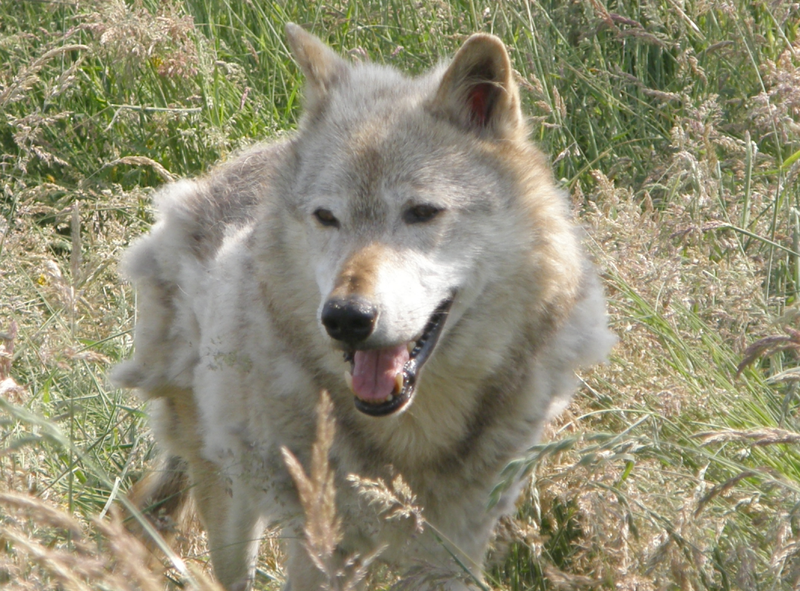Dogs appear to be a European invention, new research has shown.
Although dogs are unequivocally descended  from human-domesticated grey wolves, the details of the evolutionary origins of man's best friend are uncertain.
from human-domesticated grey wolves, the details of the evolutionary origins of man's best friend are uncertain.
Some believe that Fido first emerged from the Middle East, while other theories have postulated dogs emerged even farther into Asia and China.
The oldest Asian dog remains discovered so far, however, date from only about 13,000 years ago, compared with a much older 36,000 years for distinctly dog-like remains recovered from Europe.
But is this just because more specimens have been discovered in Europe so far, and might there be older dog bones still waiting to be unearthed in the East?
One way to resolve this question is to use genetics, which is what Turku University, Finland, scientist Olaf Thalmann and his colleagues have done.
By recovering and sequencing the mitochondrial DNA from 18 ancient European dog and wolf remains, some going back over 36,000 years, and comparing these with sequences from modern-day dogs and wolves, the team, who have published their results in Science this week, show that all modern-day dogs are most closely related to both ancient and modern European animals.
In fact, the research shows that modern-day dogs are more closely related to the ancient remains studied by the team than they are to the populations of European wolves around today.
Samples from modern-day wolves in the Middle East and the Far East are also not at all closely related to today's dogs, although the researchers concede that they were not able to include any ancient wolf or dog material from the Far East in this study, which some commentators highlight as a major flaw.
Nevertheless, the degree of relatedness between ancient European wolves and both modern and ancient dogs suggests that what we would call "dogs" first began to appear in Europe between 15,000 and 32,000 years ago.
This pre-dates the onset of agriculture by at least 3000 years, meaning that European hunter gatherers must have domesticated the animals. The time-frame also coincides with a geological epoch called the Last Glacial Maximum, when global temperatures dipped and the Earth was ice-bound.
Humans around at this time preyed heavily on large animals like mammoths. "Conceivably," Thalmann and his colleagues speculate, "proto-dogs might have taken advantage of carcasses left on site by early hunters, assisted in the capture of prey, or provided defense from large competing predators at kills."
Intriguingly, the researchers results also suggest that domestication didn't just happen once. Some of the genetic sequences they have uncovered point to previous failed domestication events meaning that luck played a substantial part in producing the relationship we have with dogs today...
- Previous New antibiotic blitzes chronic infection
- Next What is opium?










Comments
Add a comment